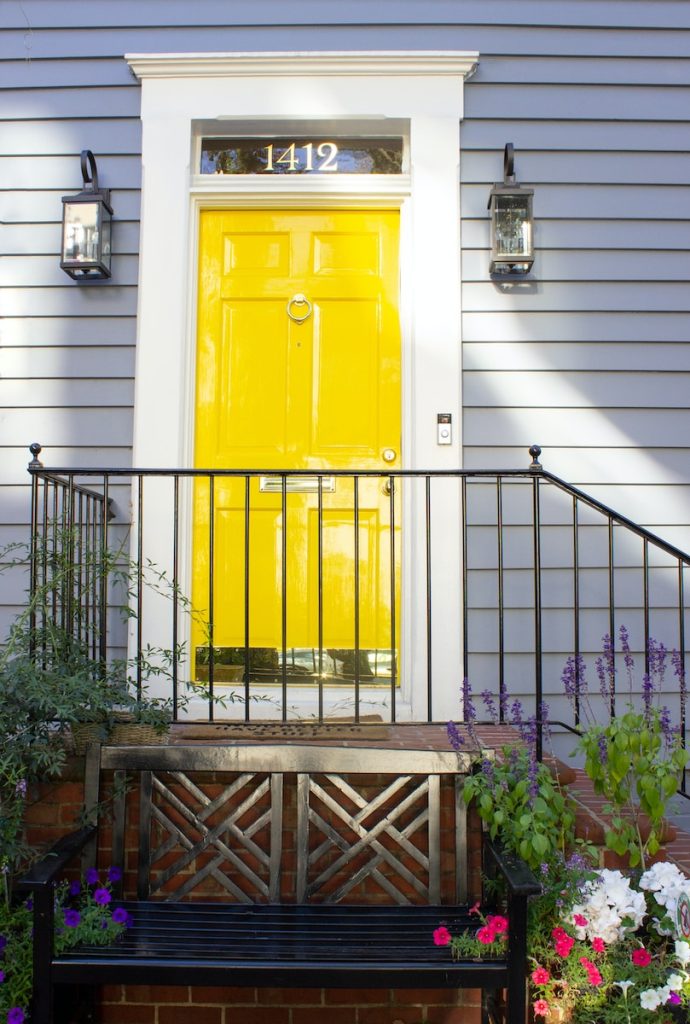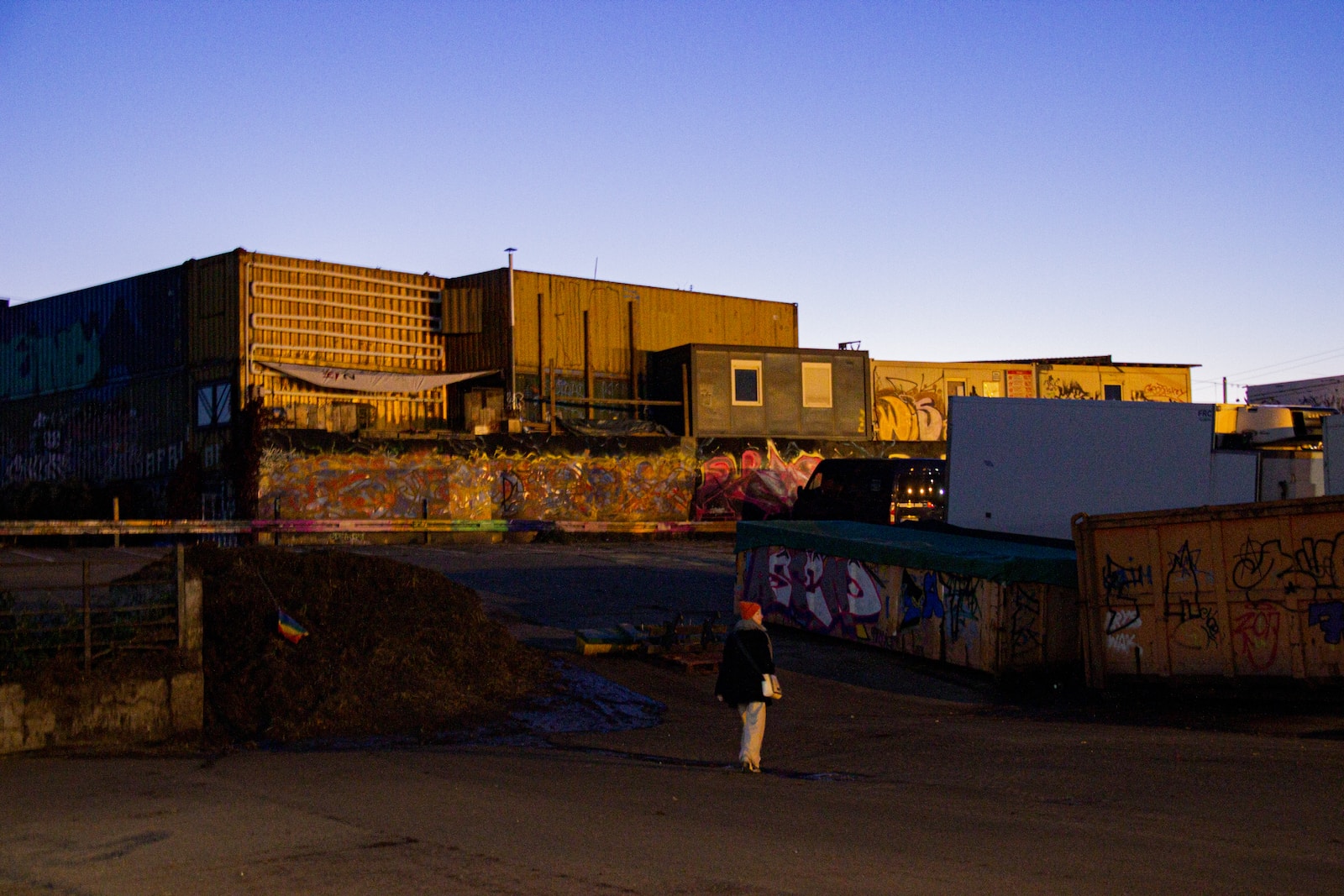Hey there, container home enthusiasts! It’s Lulaa Black, your friendly neighborhood container home aficionado, and I’m back with another riveting topic for all you innovative dwellers of the shipping container world. Today, we’re diving deep into the crucial art of evaluating the structural integrity during container home modification.
So, you’ve decided to take the plunge into the world of container living – kudos to you! Whether it’s for environmental reasons, the allure of minimalistic living, or just an undying love for creative home projects, container homes have certainly gained popularity in recent years. But before you start sketching out your dream container home layout, it’s imperative to ensure the structural integrity of your shipping container. Trust me; you don’t want your dream home turning into a nightmare!
Why Bother with Structural Integrity?
Before we get into the nitty-gritty of evaluating structural integrity, let’s understand why it’s so darn important. Container homes are, in essence, a form of adaptive reuse, taking something that was meant for long-haul shipping and turning it into cozy abodes. While shipping containers are built tough to withstand the rigors of the open sea, they are not automatically designed for comfortable living conditions.
So, evaluating the structural integrity of your container is like giving it a health check-up before moving in. It’s about making sure it can bear the load of your creativity without collapsing like a house of cards. Here’s how to do it:
Inspecting the Exterior

The first step in evaluating structural integrity is to give your container a thorough external inspection. Take a walk around it and look for any signs of rust, dents, or damage. Remember, these containers have weathered the high seas, so a little rust is to be expected. However, excessive rust or large dents can compromise the container’s strength.
Pro tip: Look out for “Corten steel” markings. Corten steel is the secret sauce that makes shipping containers durable, as it’s resistant to corrosion. So, the more Corten steel, the better!
Check the Roof and Flooring
The roof and flooring are two critical areas where structural issues can lurk. Climbing on top of your container might not be the most glamorous activity, but it’s essential. Inspect the roof for any signs of holes, rust, or weak spots. A solid, watertight roof is crucial to keep your container home cozy and dry.
Similarly, check the flooring for signs of damage or corrosion. You wouldn’t want to step inside your container only to discover that the floor isn’t as sturdy as you thought.
Doors and Locks – The Gateway to Safety

Now, let’s talk about the doors – the gateway to your container home. Ensure that the doors open and close smoothly without any obstructions. If they’re rusted shut or damaged, they need to be repaired or replaced. Remember, a functional door is not only for your convenience but also for your safety – you don’t want to be trapped inside!
And let’s not forget about locks. Security is a vital aspect of container living. Make sure your container’s locking mechanisms are in good working order. After all, a secure home is a happy home!
Inspect for Welds and Seams
Containers are essentially giant metal boxes held together by welds and seams. These connections are critical to the structural integrity of the container. Inspect them closely for any signs of damage or poor welding. Weak welds or open seams can lead to leaks and structural instability.
Consider Container Modifications
Now, here’s where the magic happens – container modifications! This is where you get to unleash your inner architect and create the home of your dreams. But remember, every modification you make should be done with the structural integrity in mind.
For example, if you plan to cut openings for windows and doors, make sure you reinforce the cut edges to maintain the container’s strength. You might need to add additional steel framing or supports to ensure the structural integrity remains intact.
Additionally, consider the weight of any added elements. If you’re planning a rooftop garden or a second-story addition, consult with a structural engineer to determine if your container can handle the extra load.
Seek Professional Help
Speaking of structural engineers, when in doubt, it’s always a good idea to consult with one. These professionals can assess your container and provide expert guidance on modifications, ensuring that your creative visions align with structural safety.
Conclusion
In the world of container homes, evaluating the structural integrity is like laying the foundation of a traditional house – it’s essential for a safe and comfortable living space. Don’t skip this crucial step in your container home journey. Remember





















Find Us on Socials